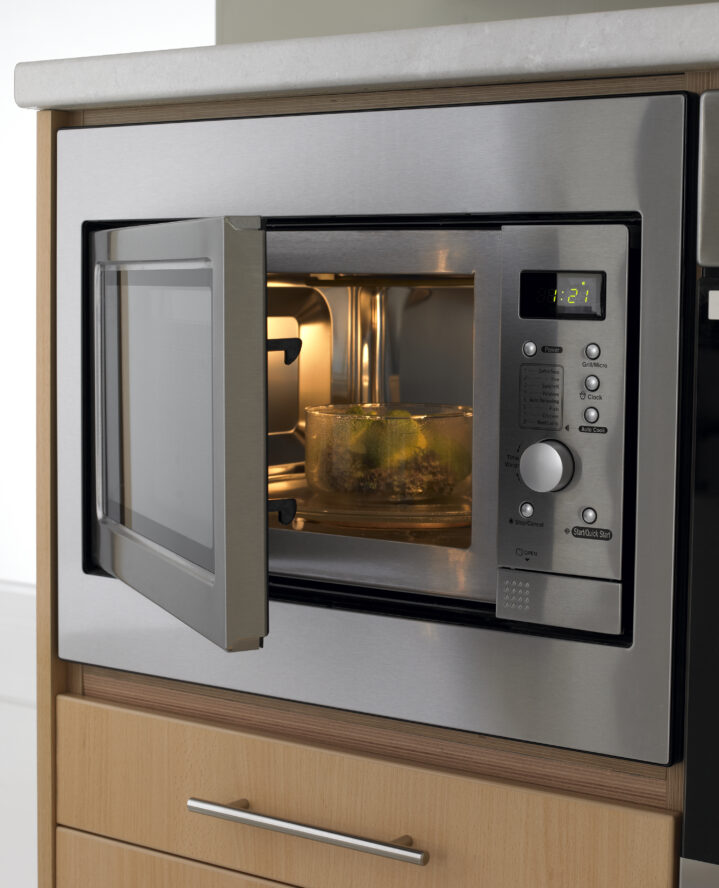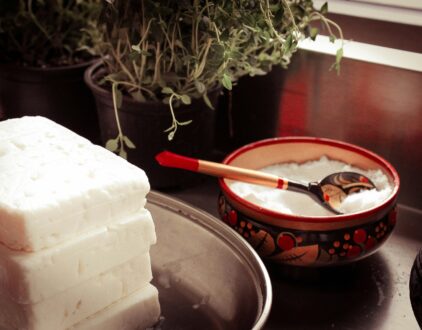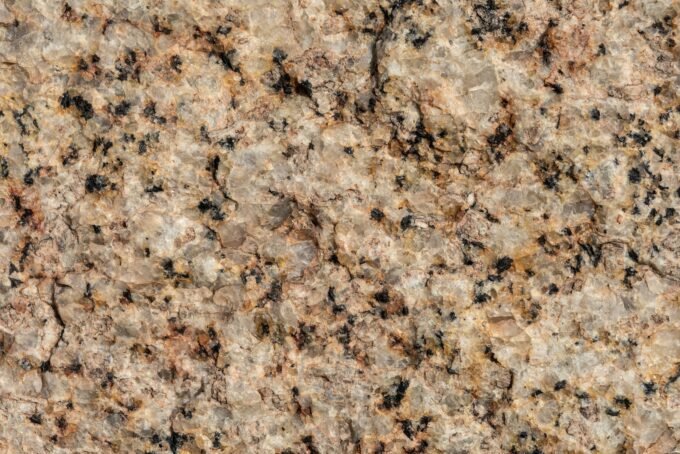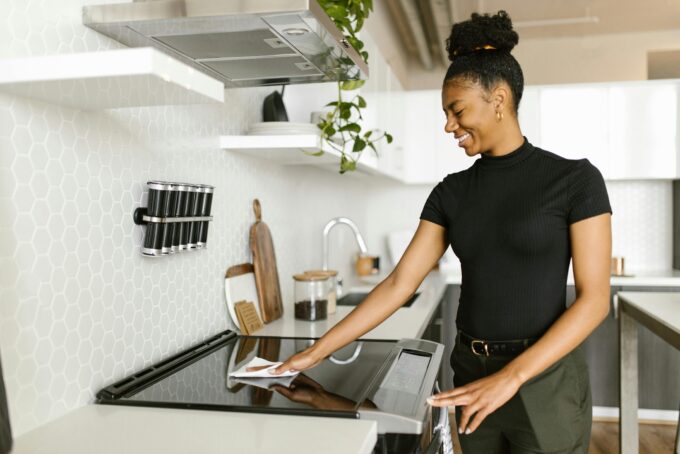Microwaves are a lifesaver when hunger strikes and you want something delicious fast. But before you get too cozy zapping every food item—and its container—in sight, some items should never cross paths with this seemingly innocent appliance. Not all foods and materials are safe. In fact, some of them might just end up as a recipe for disaster. Keep these items out of the microwave—your kitchen (and possibly your eyebrows) will thank you.

1. Styrofoam Containers
You might think that your leftover Chinese food’s styrofoam container is perfectly fine for a quick reheat. It’s normalized, but think again! When heated, Styrofoam can release harmful chemicals into your food, which is not exactly the gourmet experience you’re aiming for. Stick to microwave-safe glass or ceramic containers to keep things safe—and eco-friendly.
2. Aluminum Foil
This may have been one of the first things you learned when you were old enough to use the microwave. Hopefully, it wasn’t a lesson you figured out the hard way. But for those who don’t know, commit this knowledge to memory! Using aluminum foil to cover your food for a quick reheat might be tempting, but this is where the microwave meets its match. Aluminum foil can cause sparks and even start a fire, which is a surefire way to turn your kitchen into a fireworks show. Instead, use microwave-safe lids or paper towels for covering.

3. Eggs in Their Shells
Imagine the surprise when you open the microwave to find your egg has turned into a mini volcanic eruption. Eggs in their shells don’t handle the microwave well; they’re prone to exploding and creating a mess that’s best left for horror movies. If you’re craving scrambled eggs, crack them open first and use a microwave-safe bowl. It’ll save you from a kitchen catastrophe.
4. Take-Out Containers
That take-out container from your favorite burger joint might look sturdy, but it’s not always microwave-friendly. Many of these containers are lined with materials that can leach chemicals when heated. Plus, the grease and sauces might cause an unwelcome mess. They usually have labels that indicate if they’re microwave-safe, but it’s always better to be safe than sorry. Transferring your food to a microwave-safe dish keeps your meal delicious and your microwave clean.
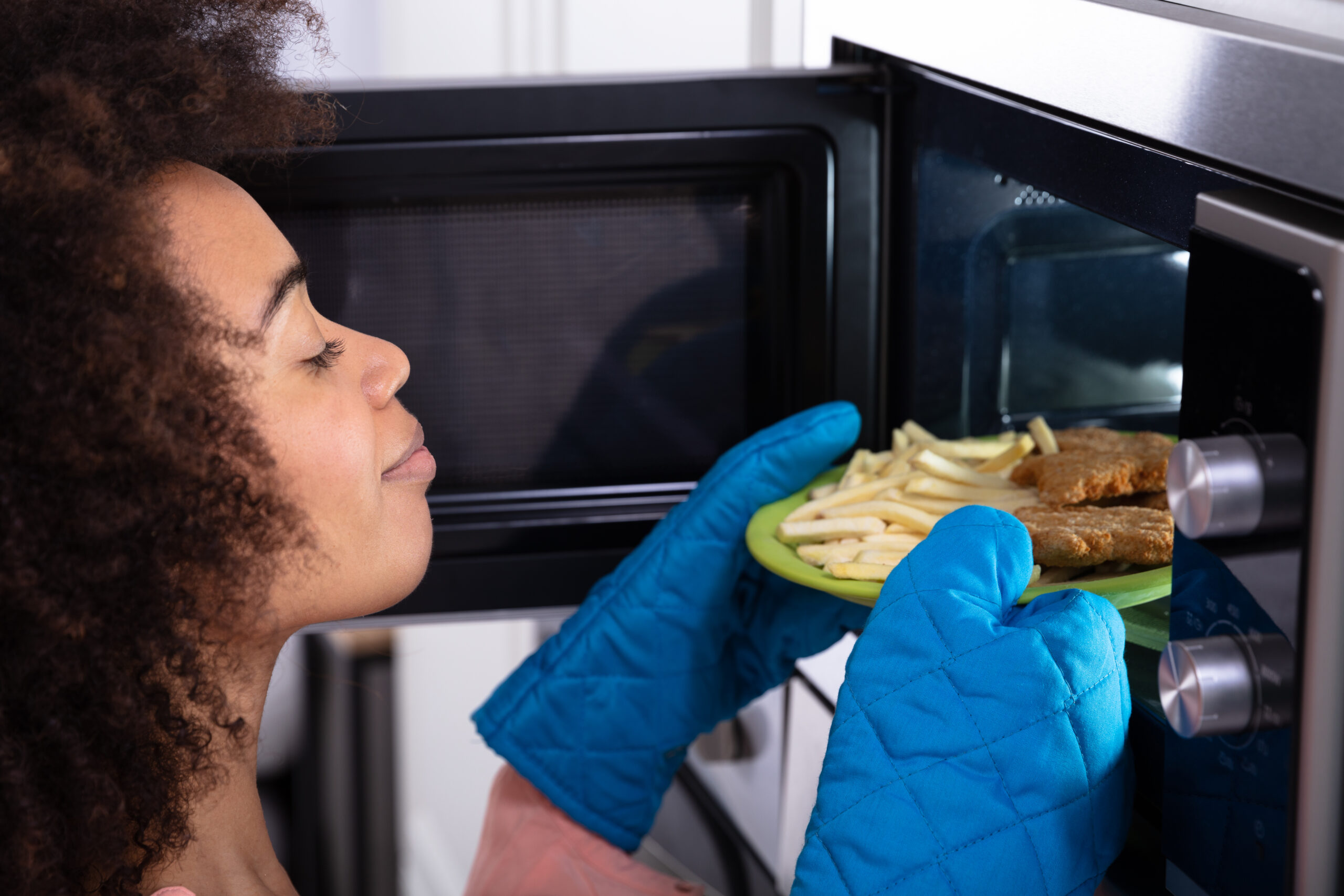
5. Plastic Containers Not Marked Microwave-Safe
Not all plastics are created equal. Some are designed to withstand the microwave’s heat, while others are not. Using plastic containers that aren’t labeled as microwave-safe can melt or release harmful chemicals into your food. Always check for the “microwave-safe” label before you hit the start button, and when in doubt, just reheat your leftovers in glass or ceramic.
6. Grapes
Grapes can heat up rapidly in the microwave, potentially causing them to explode or even ignite due to the build-up of heat and steam. For a safer option, it’s best to enjoy grapes fresh or at room temperature.
7. Peppers and Chili
Microwaving peppers or chili can seem like a great way to quickly reheat your favorite spicy dish, but beware. These items can release oils and fumes that might make your microwave smell like a jalapeño factory. The heat can also cause peppers to lose their flavor and become mushy. Instead, use a stovetop to reheat these spicy delights and keep the kitchen air fresh.

8. Dish Towels
We get it; you might want to dry a dish towel quickly in the microwave, but this is not a good idea. Dish towels can catch fire in the microwave, leading to a smoky kitchen and potential fire hazards. If you need to freshen up your towels, a quick wash and dry cycle in the washing machine is a safer bet.
9. Metal Utensils
It’s easy to accidentally leave a fork or spoon in your dish when microwaving, but that’s a quick way to invite sparks and potential damage to your microwave. Metal utensils can cause arcing, which is essentially a mini lightning storm inside your appliance.
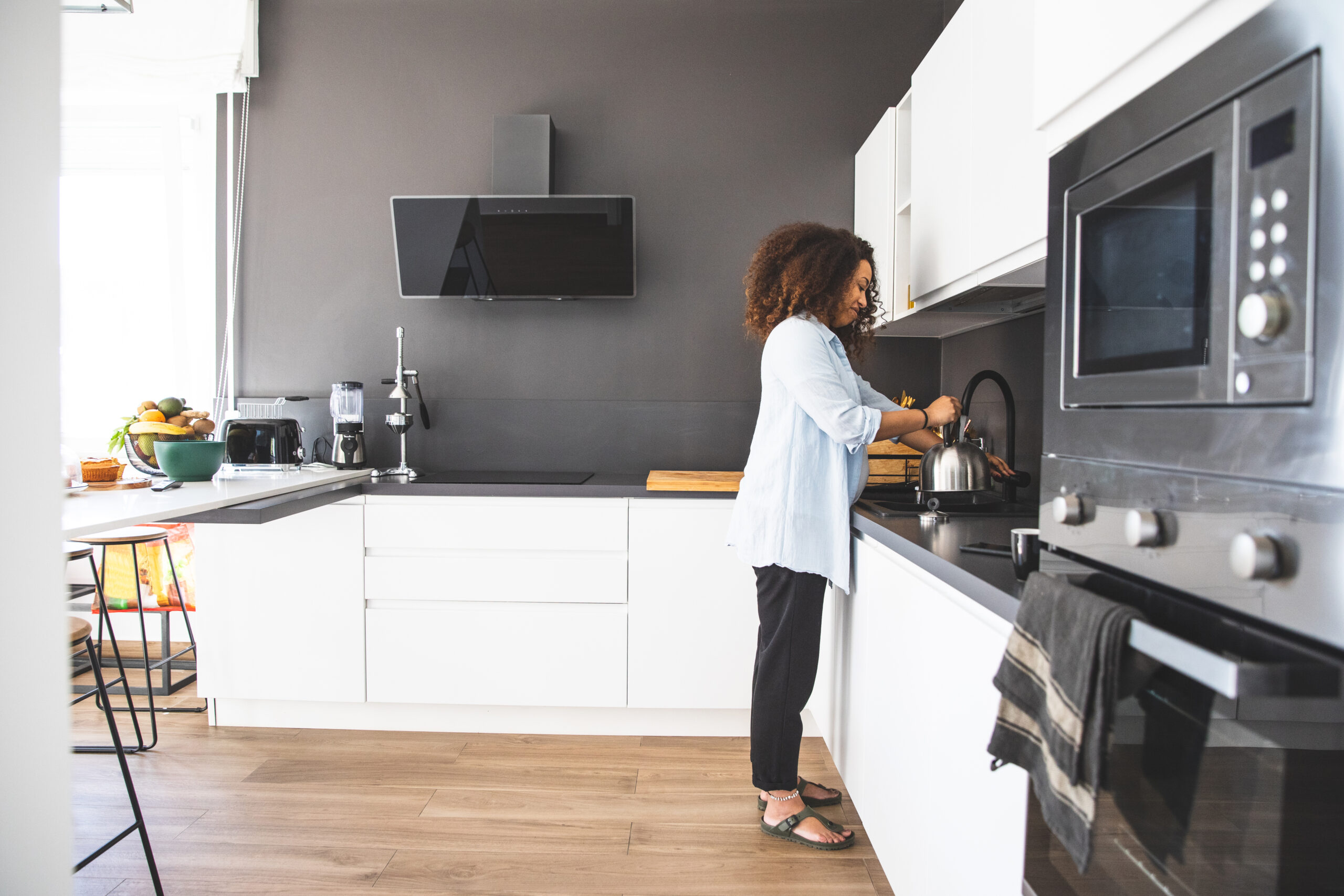
10. Overly Greasy Foods
Greasy foods might taste great but don’t fare well in the microwave. While not necessarily unsafe, the fat can splatter and create a mess that’s tough to clean. Plus, the microwave can cause the grease to cook unevenly, leading to some parts of your food being hot and others still cold. It’s best to use an oven or stovetop for these types of dishes and save your microwave for less greasy fare.
11. Non-Microwave-Safe Ceramic or Glass
Not all ceramics and glass are microwave-safe, despite how lovely they might look. Some can crack or break under the microwave’s heat, leading to a shattered mess and potential injuries. Always check if your dish is microwave-safe before using it. If in doubt, use containers specifically labeled for microwave use to avoid a kitchen disaster.
12. Uncooked Rice or Pasta
Microwaving uncooked rice or pasta might seem like a quick cooking hack, but it’s not as effective as traditional methods. Rice and pasta need moisture to cook properly; without it, you’ll end up with hard, uncooked grains or noodles. Stick to stovetop or oven cooking for these staples, and your meals will turn out much better.
popular posts
Spaces
Whether it’s luxury or ease, every area of your home should be as fabulous and unique as you.
Choosing the Perfect Countertop: Why Butcher Block Makes the Cut
by Kelsey Marie | August 28, 2023
Gas vs. Electric Stoves: Which One Is Right for Your Kitchen?
by Brittni Williams | February 19, 2024
FOLLOW ALONG ON INSTAGRAM
#homeandtexture
Find us on social for more home inspiration where culture, personal style, and sophisticated shopping intersect to help you create a home where you love to live.
